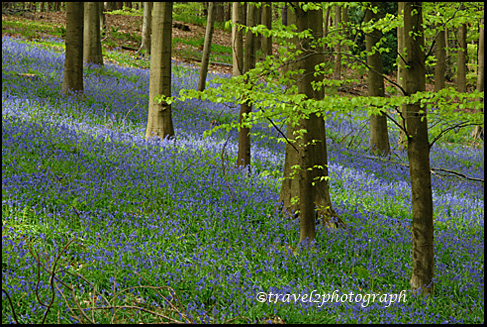Meteorologists generally define four seasons in many climatic areas: spring, summer, autumn and winter. These are demarcated by the values of their average temperatures on a monthly basis, with each season lasting three months. The three warmest months are by definition summer, the three coldest months are winter, and the intervening gaps are spring and autumn. Spring, when defined in this manner, can start on different dates in different regions. In terms of complete months, in most North Temperate Zone locations, spring months are March, April and May, although differences exist from country to country.
“The flowering of love is meditation.”
Jiddu Krishnamurti
The phenological definition of spring relates to indicators, the blossoming of a range of plant species, and the activities of animals, or the special smell of soil that has reached the temperature for micro flora to flourish. It therefore varies according to the climate and according to the specific weather of a particular year.
“Let a hundred flowers bloom.”
Ramakrishna
Extreme weather conditions characterize the spring season. This is due to the fact that during this season the warm winds coming from the lower regions are accompanied by the cold air which originates from the Polar Regions. During the spring season the weather can be severe. The seas and rivers are full because the snow begins to melt. Rainfall is also heavy often leading to serious flood situations. Floods are most common in the hilly areas. In addition to all this, tornado, hailstorms and heavy downpour are also common features during the spring season.
“A flower falls, even though we love it; and a weed grows, even though we do not love it.”
Dogen
Next time when you notice a newly budding leaf, be sure that spring has arrived.



















